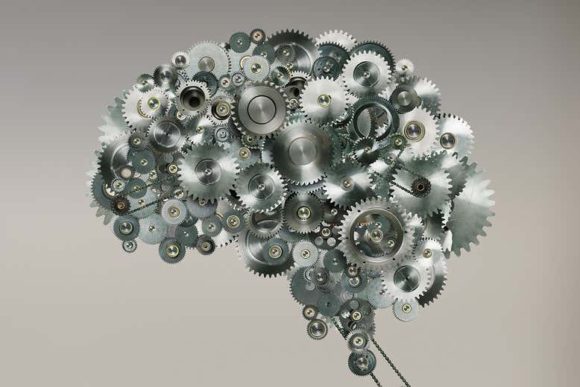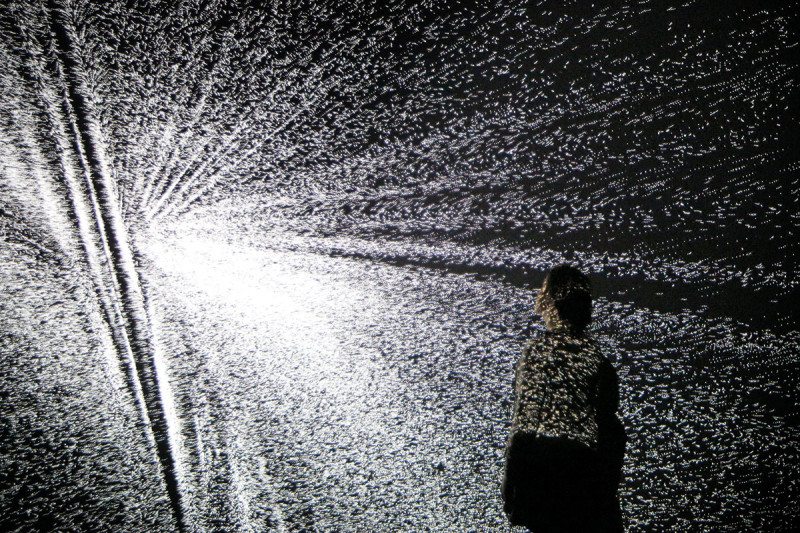Reading Matthew Cobb’s The Idea of the Brain for New Scientist 15 April 2020
Ask a passer-by in 2nd-century Rome where consciousness resided — in the heart or in the head — and he was sure to say, in the heart. The surgeon-philosopher Galen of Pergamon had other ideas. During one show he had someone press upon the exposed brain of a pig, which promptly (and mercifully) passed out. Letting go brought the pig back to consciousness.
Is the brain one organ, or many? Are our mental faculties localised in the brain? 1600 years after, Galen a Parisian gentleman tried to blow his brains out with a pistol. Instead he shot away his frontal bone, while leaving the anterior lobes of his brain bare but undamaged. He was rushed to the Hôpital St. Louis, where Ernest Aubertin spent a few vain hours trying to save his life. Aubertin discovered that if he pressed a spatula on the patient’s brain while he was speaking, his speech “was suddenly suspended; a word begun was cut in two. Speech returned as soon as pressure was removed,” Aubertin reported.
Does the brain contain all we are? Eighty years after Aubertin, Montreal neurosurgeon Wilder Penfield was carrying out hundreds of brain operations to relieve chronic temporal-lobe epilepsy. Using delicate electrodes, he would map the safest cuts to make — ones that would not excise vital brain functions. For the patient, the tiniest regions, when stimulated, accessed the strangest experiences. A piano being played. A telephone conversation between two family members. A man and a dog walking along a road. They weren’t memories, so much as dreamlike glimpses of another world.
Cobb’s history of brain science will fascinate readers quite as much as it occasionally horrifies. Cobb, a zoologist by training, has focused for much of his career on the sense of smell and the neurology of the humble fruit fly maggot. The Idea of the Brain sees him coming up for air, taking in the big picture before diving once again into the minutiae of his profession.
He makes a hell of a splash, too, explaining how the analogies we use to describe the brain both enrich our understanding of that mysterious organ, and hamstring our further progress. He shows how mechanical metaphors for brain function lasted well into the era of electricity. And he explains why computational metaphors, though unimaginably more fertile, are now throttling his science.
Study the brain as though it were a machine and in the end (and after much good work) you will run into three kinds of trouble.
First you will find that reverse engineering very complex systems is impossible. In 2017 two neuroscientists, Eric Jonas and Konrad Paul Kording employed the techniques they normally used to analyse the brain to study the Mos 6507 processor — a chip found in computers from the late 1970s and early 1980s that enabled machines to run video games such as Donkey Kong, Space Invaders or Pitfall. Despite their powerful analytical armoury, and despite the fact that there is a clear explanation for how the chip works, they admitted that their study fell short of producing “a meaningful understanding”.
Another problem is the way the meanings of technical terms expand over time, warping the way we think about a subject. The French neuroscientist Romain Brette has a particular hatred for that staple of neuroscience, “coding”, an term first invoked by Adrian in the 1920s in a technical sense, in which there is a link between a stimulus and the activity of the neuron. Today almost everybody think of neural codes as representions of that stimulus, which is a real problem, because it implies that there must be an ideal observer or reader within the brain, watching and interpreting those representations. It may be better to think of the brain as constructing information, rather than simply representing it — only we have no idea (yet) how such an organ would function. For sure, it wouldn’t be a computer.
Which brings us neatly to our third and final obstacle to understanding the brain: we take far too much comfort and encouragement from our own metaphors. Do recent advances in AI bring us closer to understanding how our brains work? Cobb’s hollow laughter is all but audible. “My view is that it will probably take fifty years before we understand the maggot brain,” he writes.
One last history lesson. In the 1970s, twenty years after Penfield electrostimulation studies, Michael Gazzaniga, a cognitive neuroscientist at the University of California, Santa Barbara, studied the experiences of people whose brains had been split down the middle in a desperate effort to control their epilepsy. He discovered that each half of the brain was, on its own, sufficient to produce a mind, albeit with slightly different abilities and outlooks in each half. “From one mind, you had two,” Cobb remarks. “Try that with a computer.”
Hearing the news brought veteran psychologist William Estes to despair: “Great,” he snapped, “now we have two things we don’t understand.”


